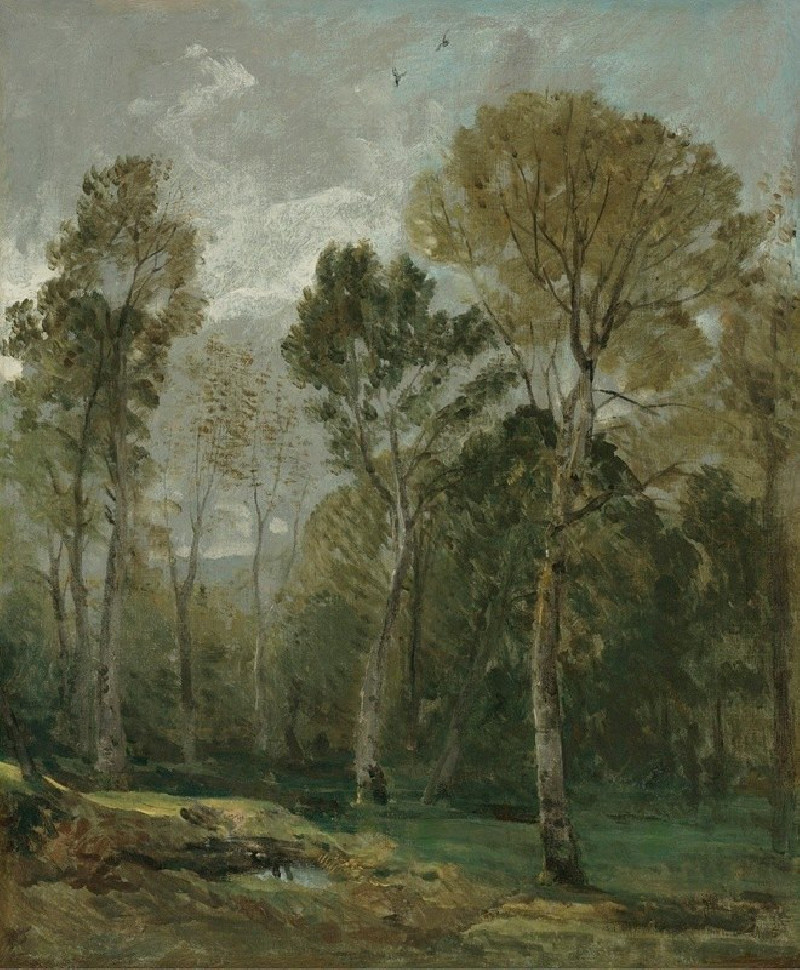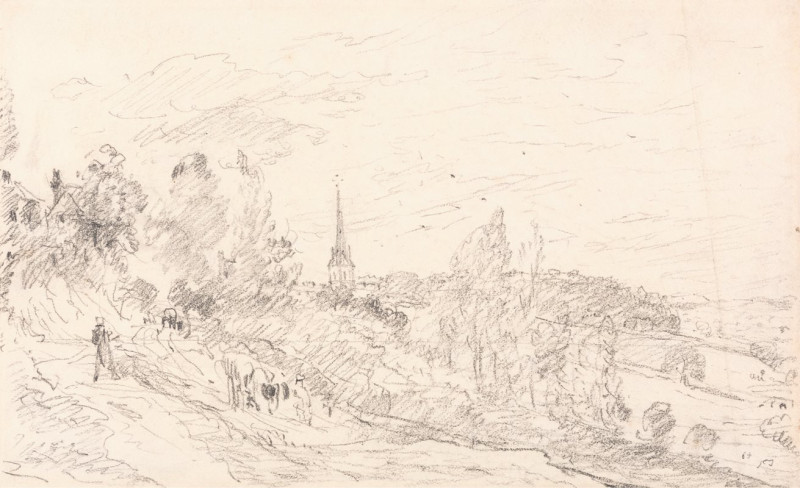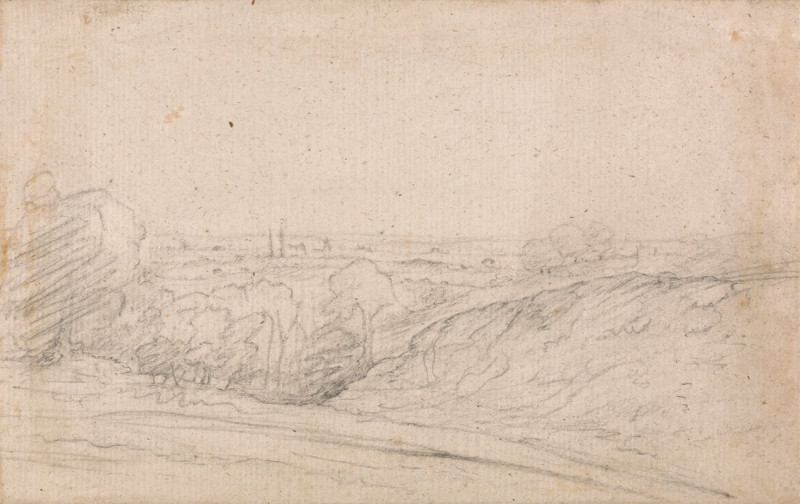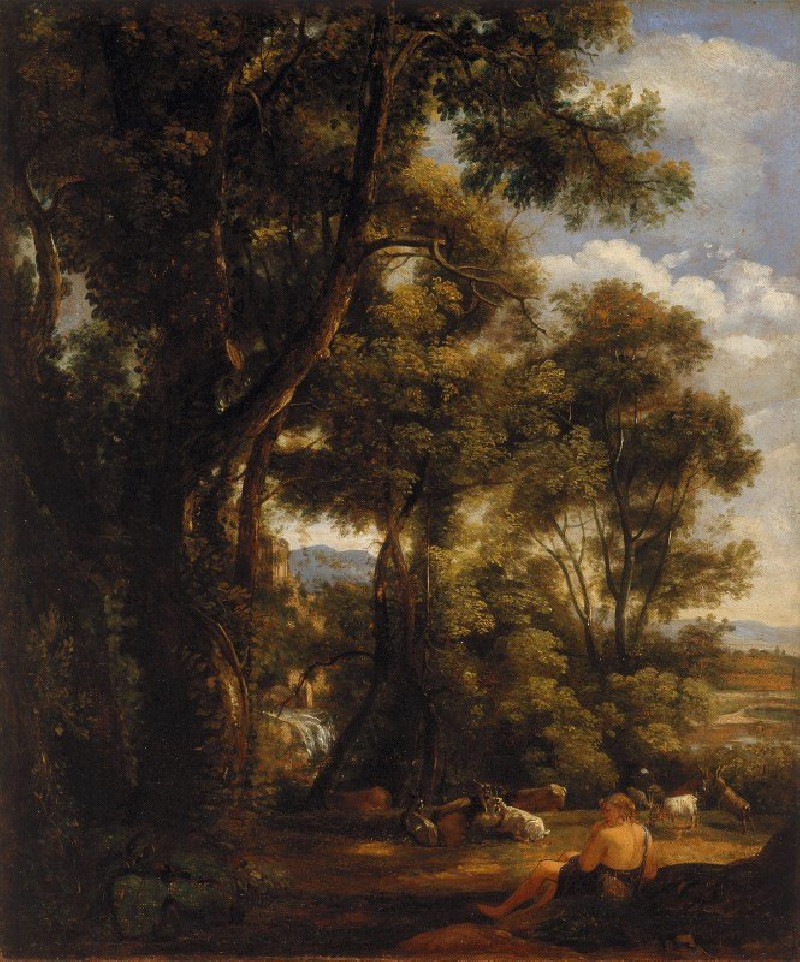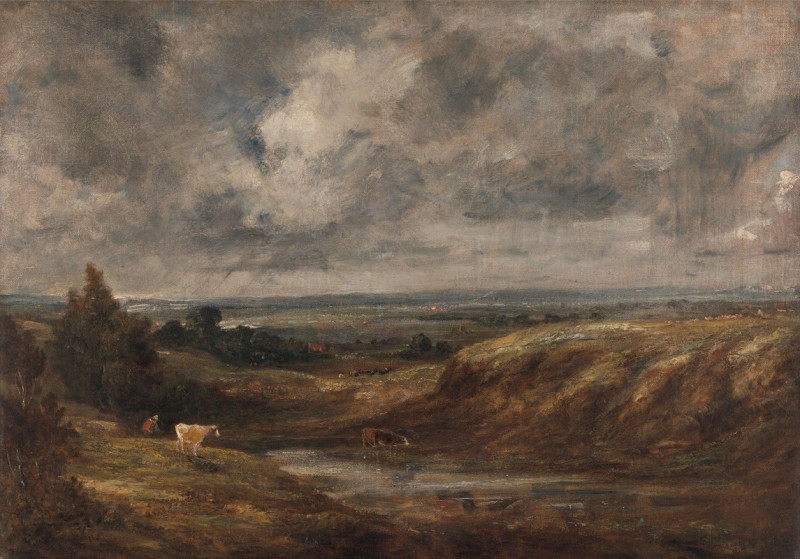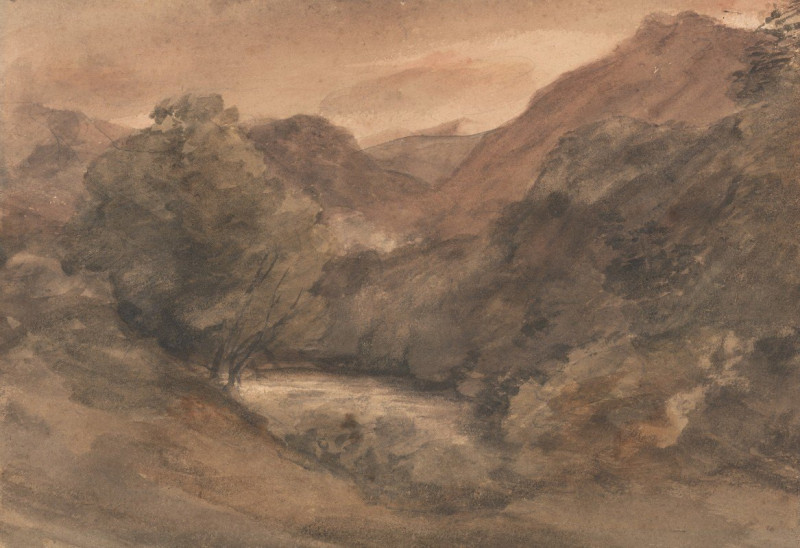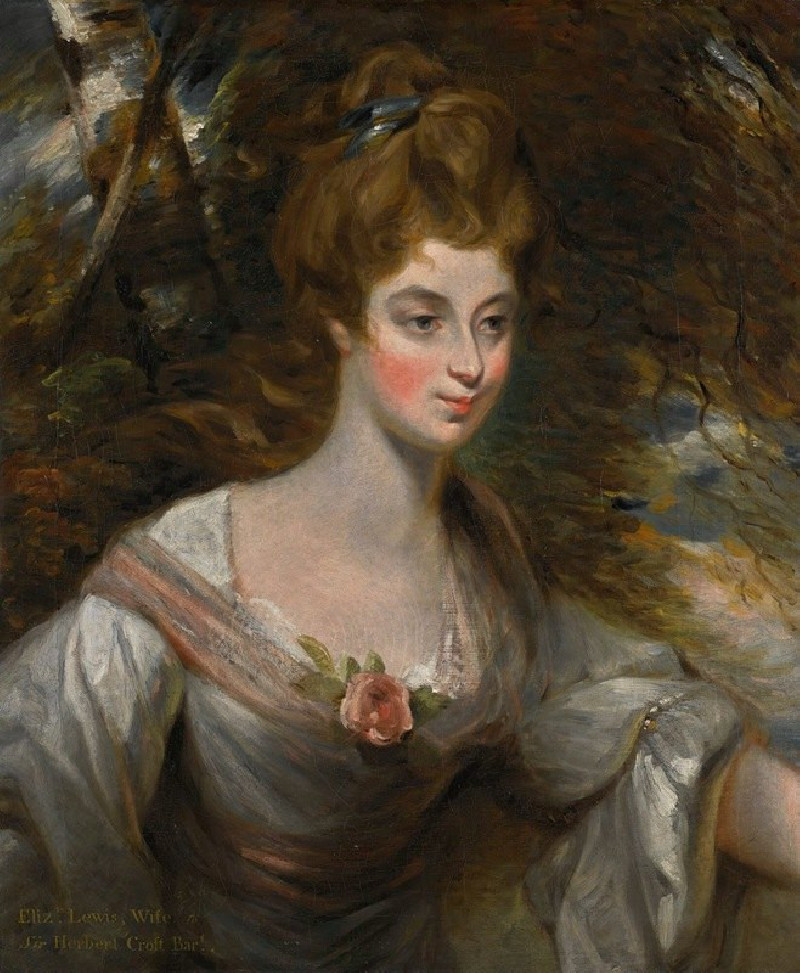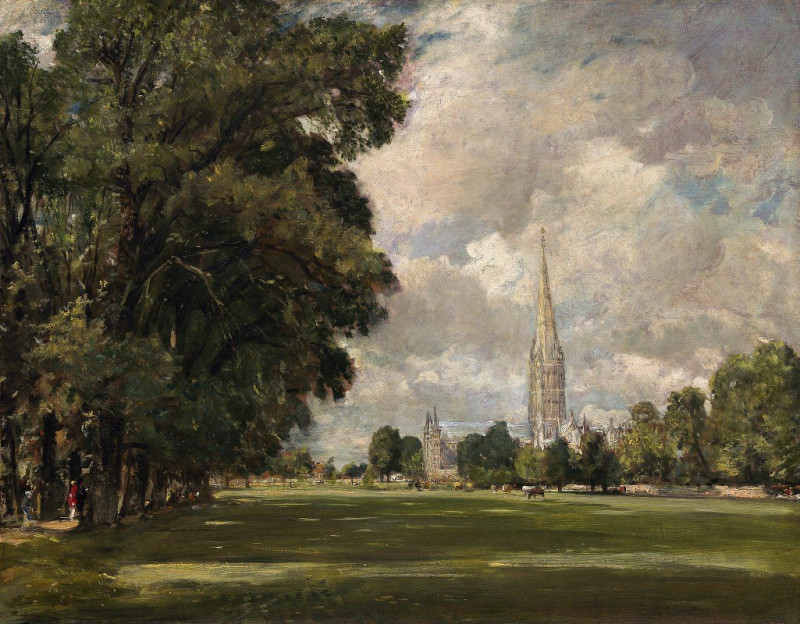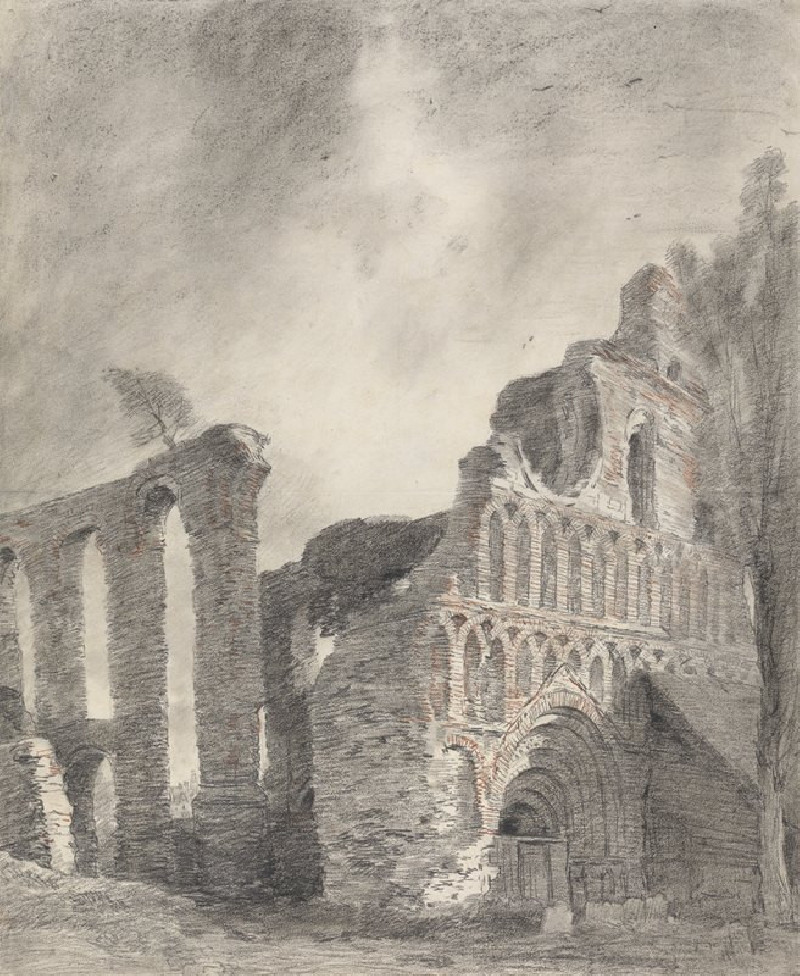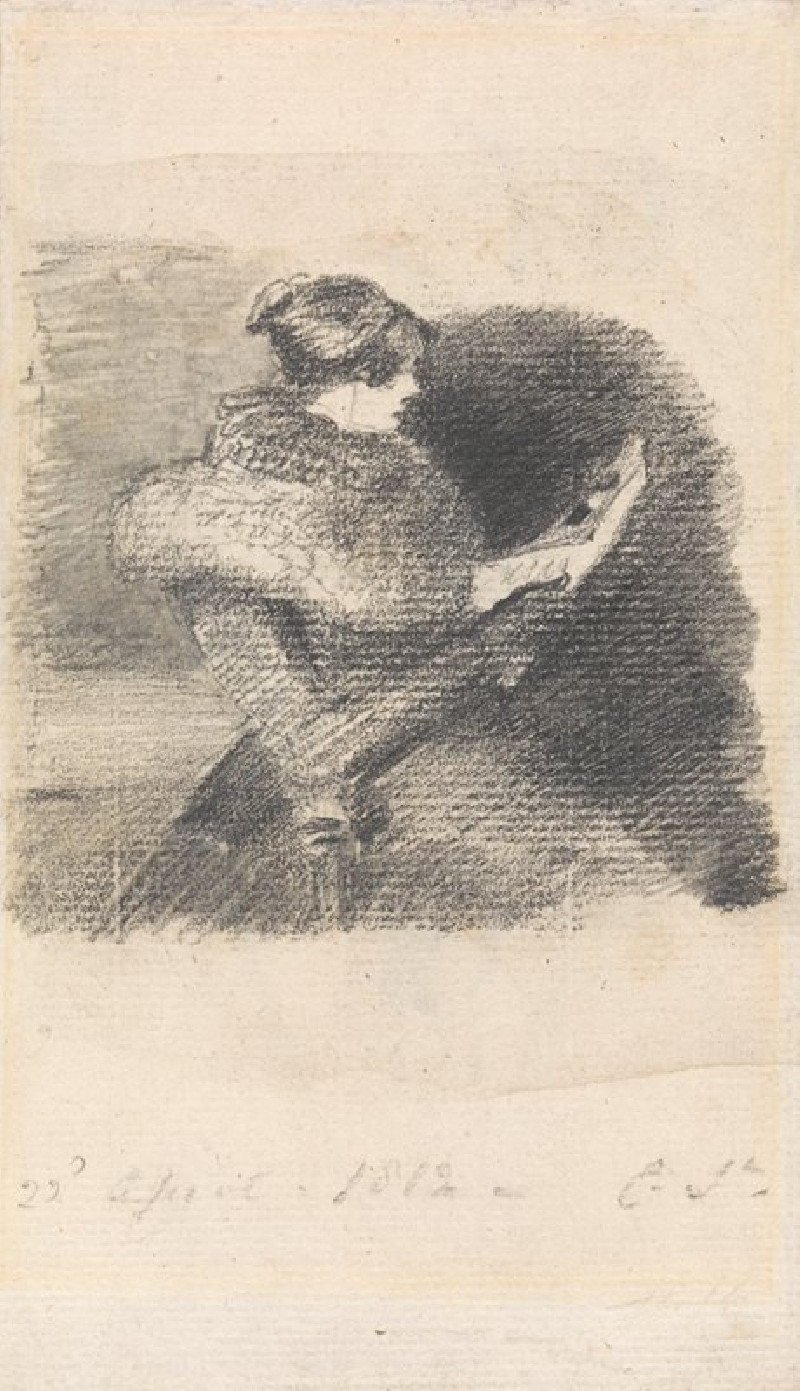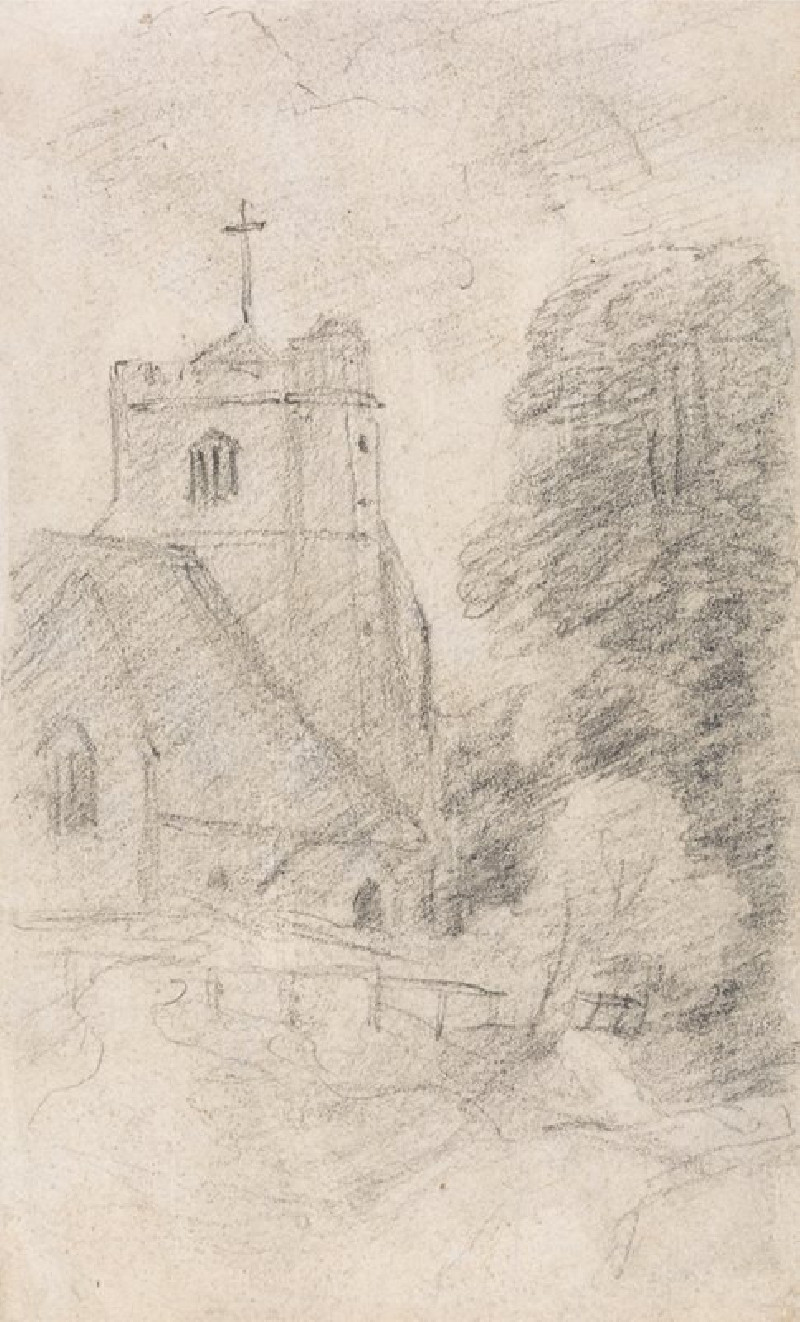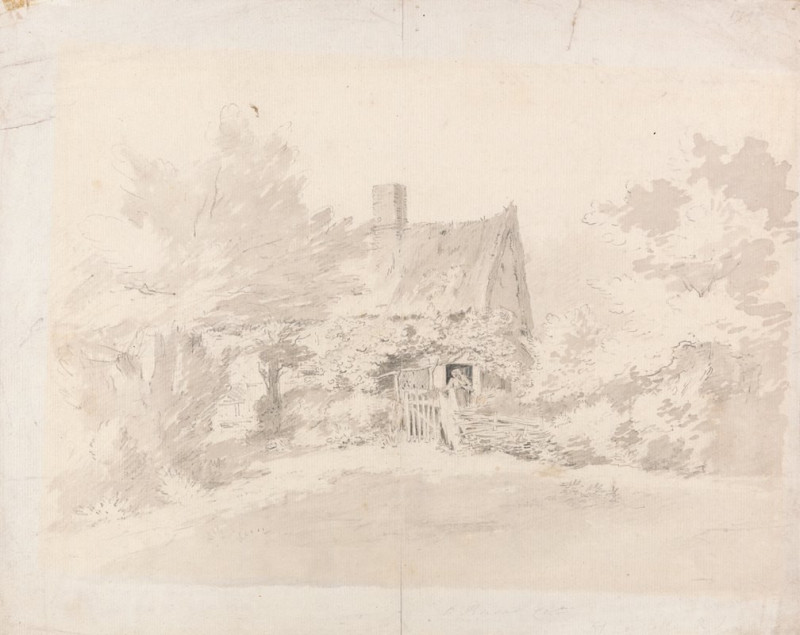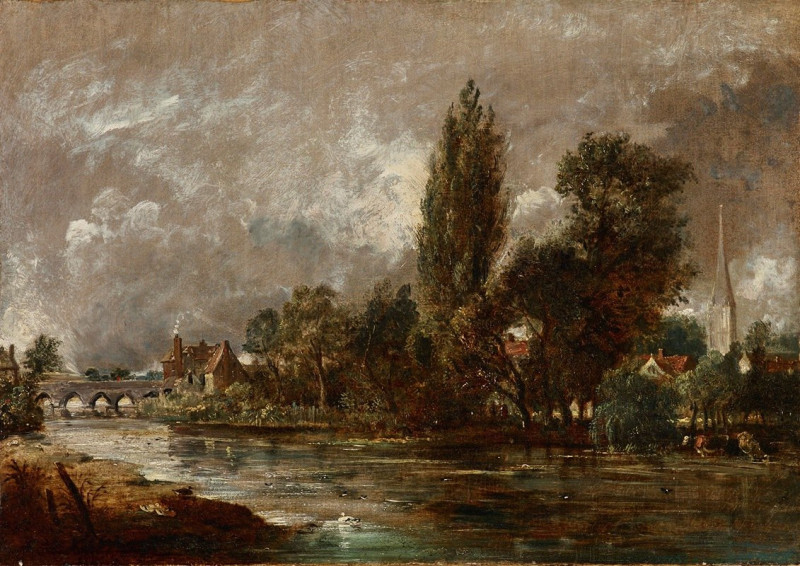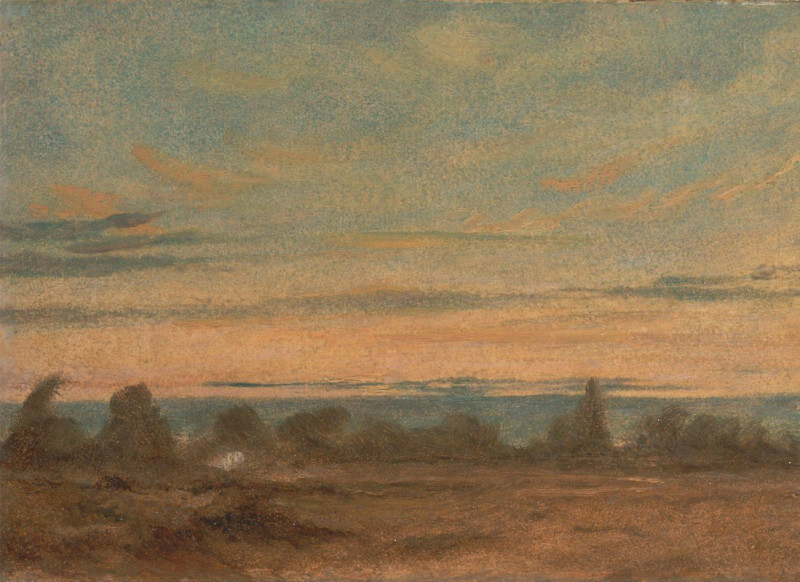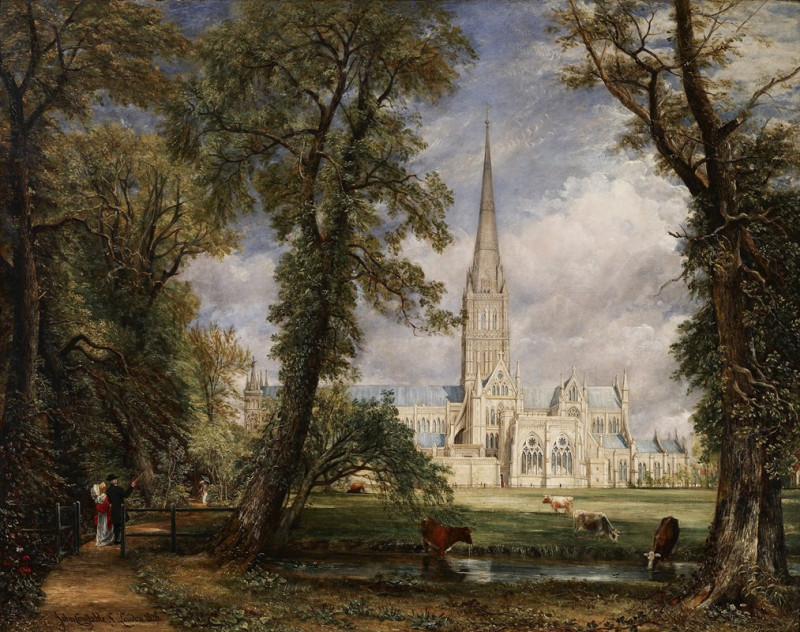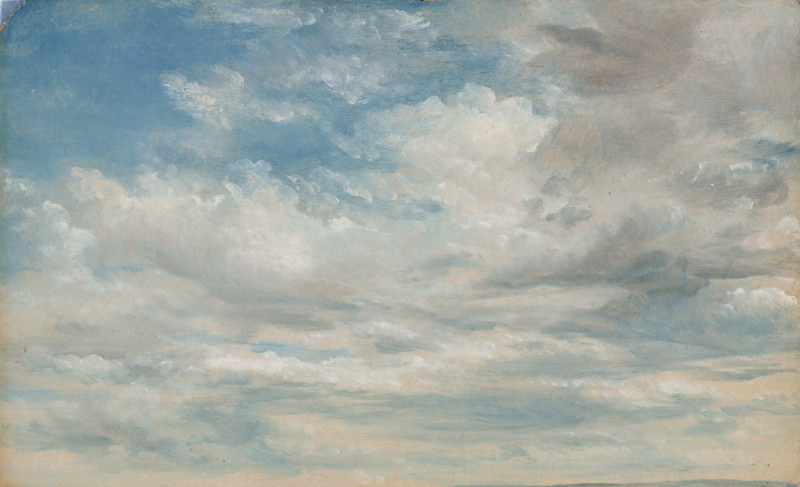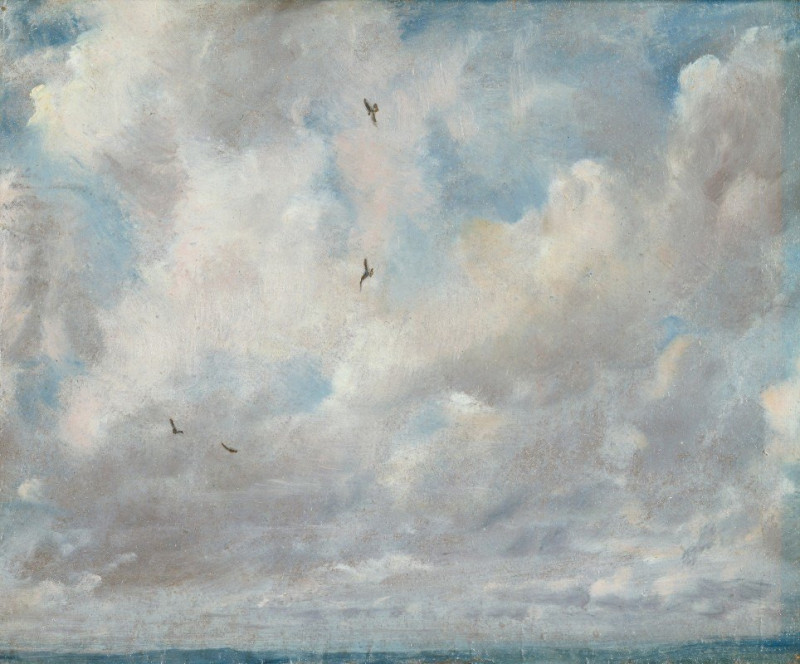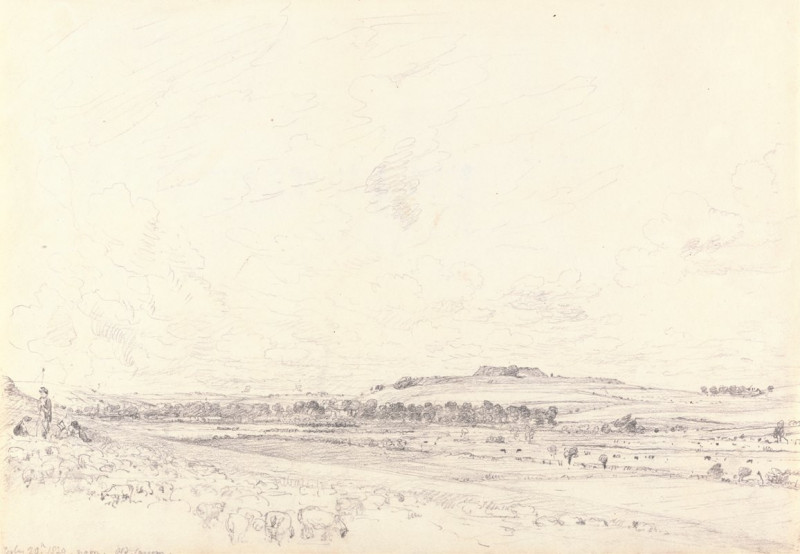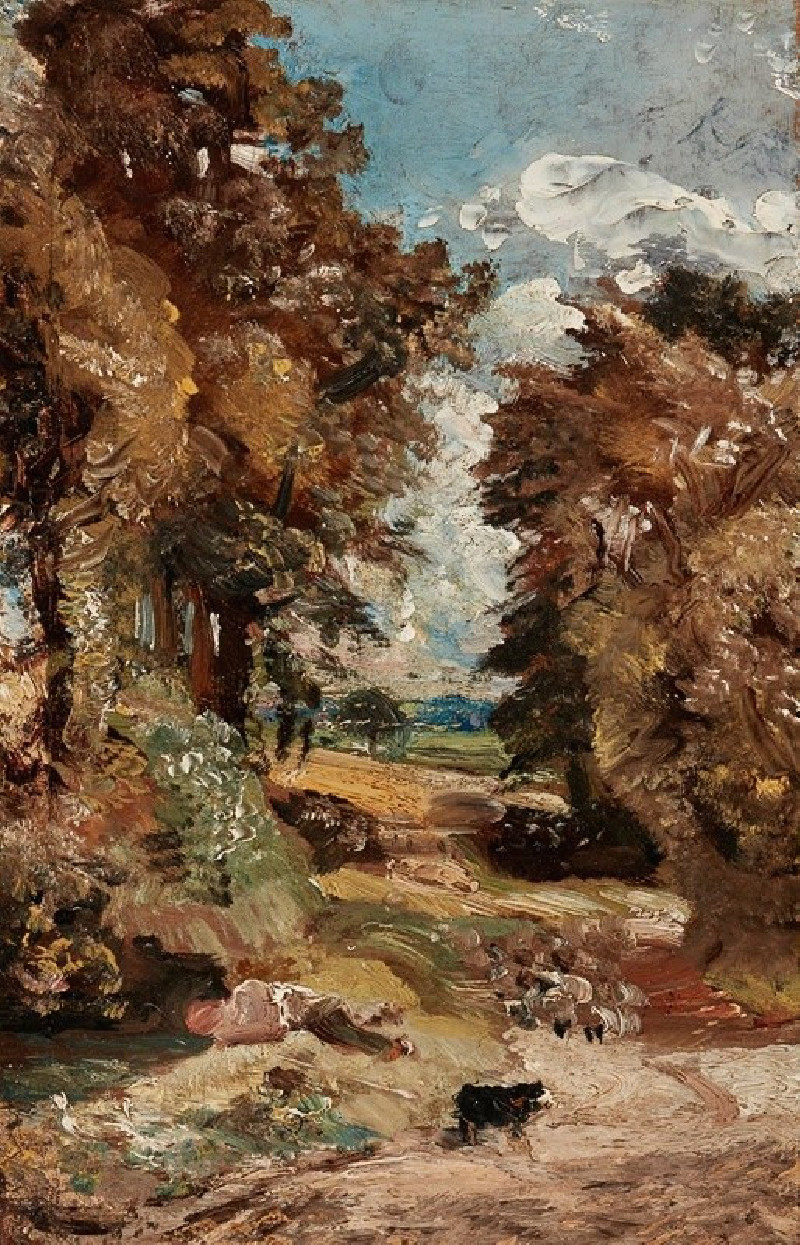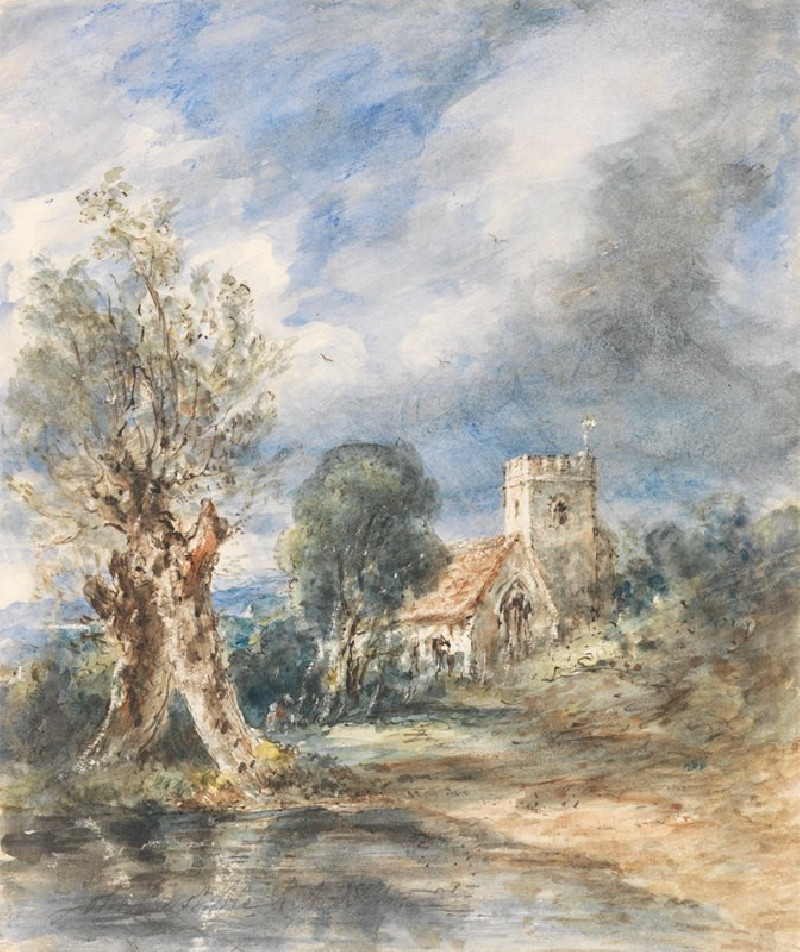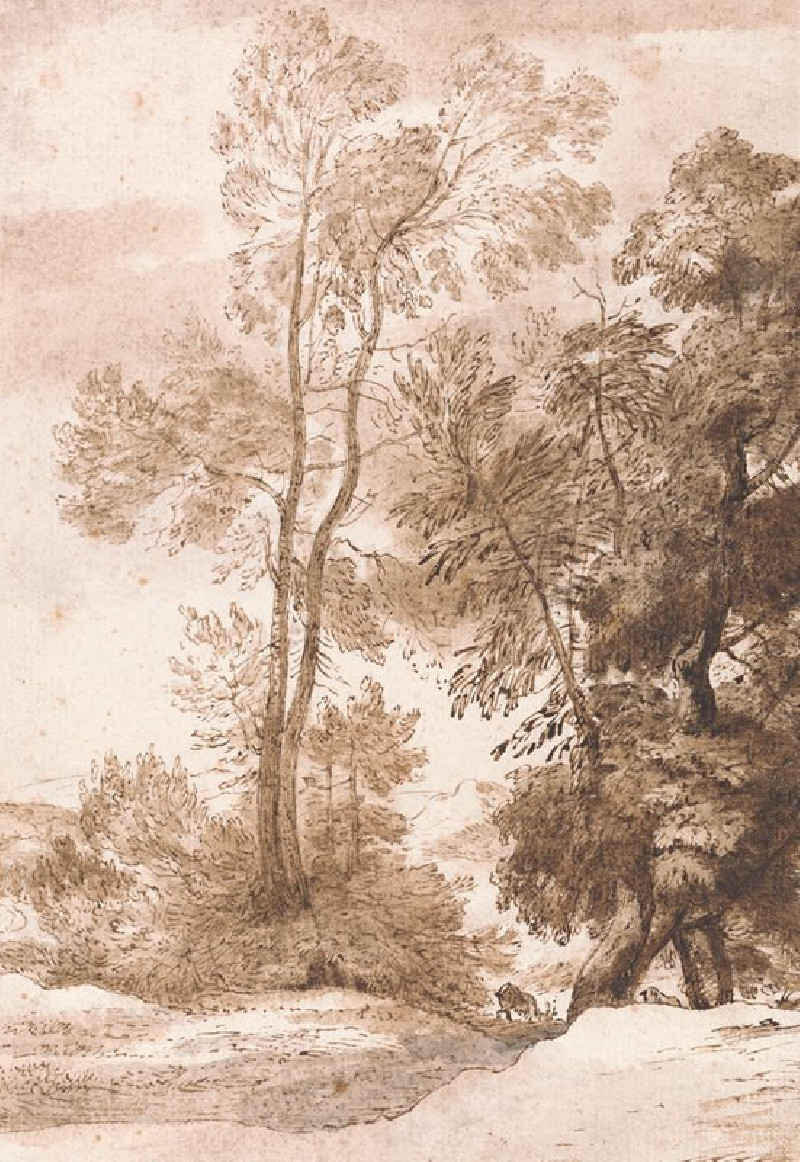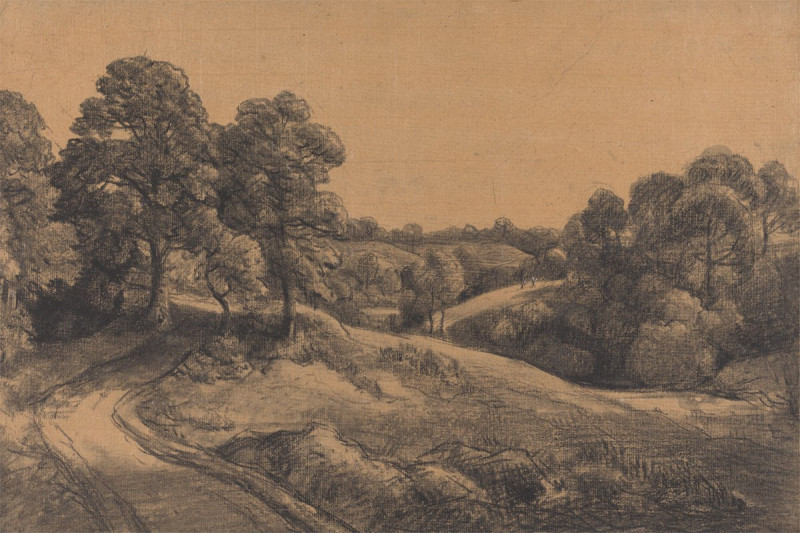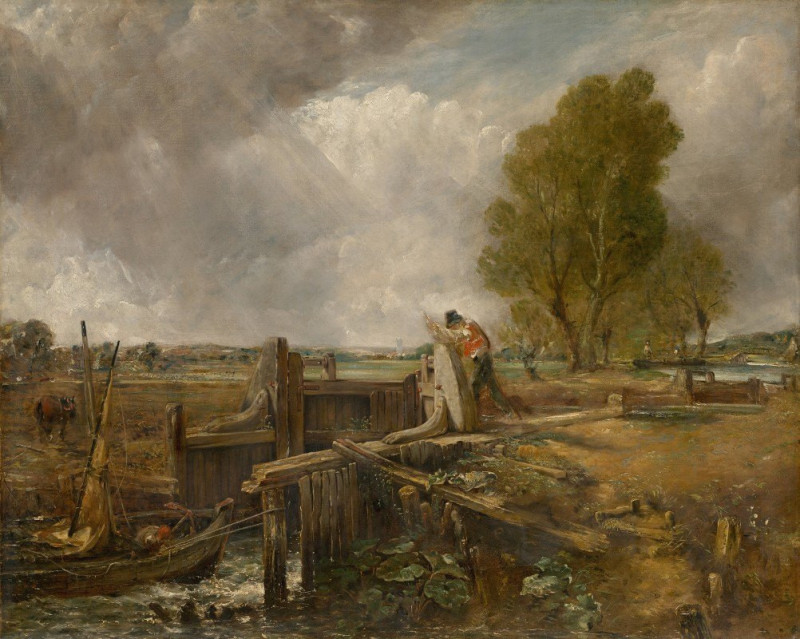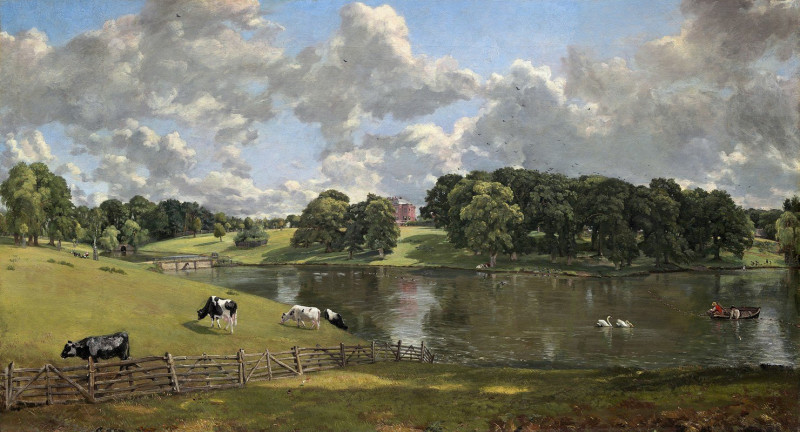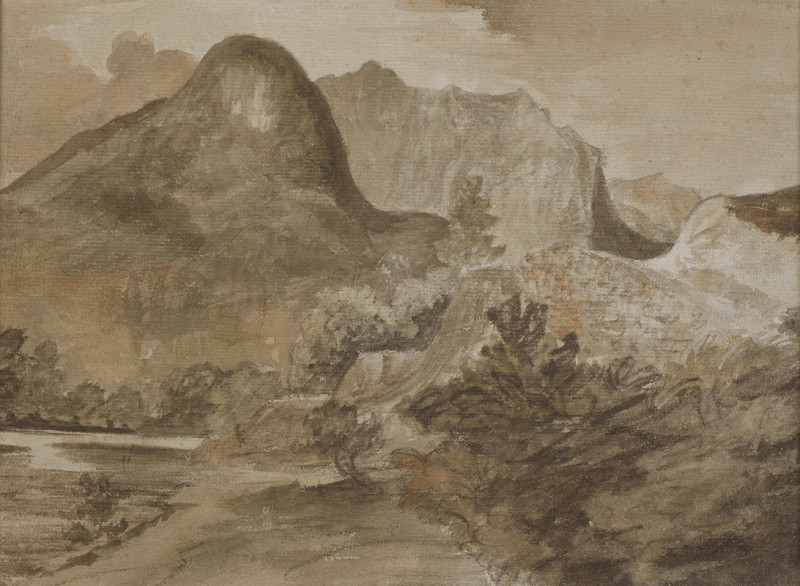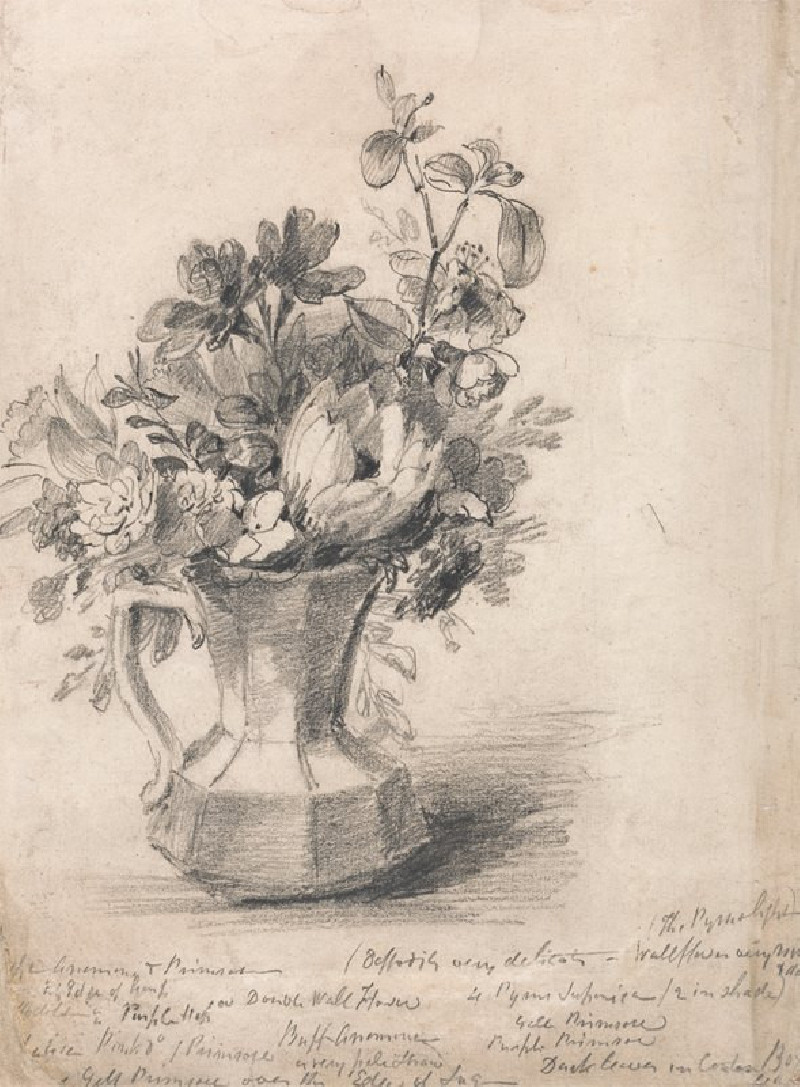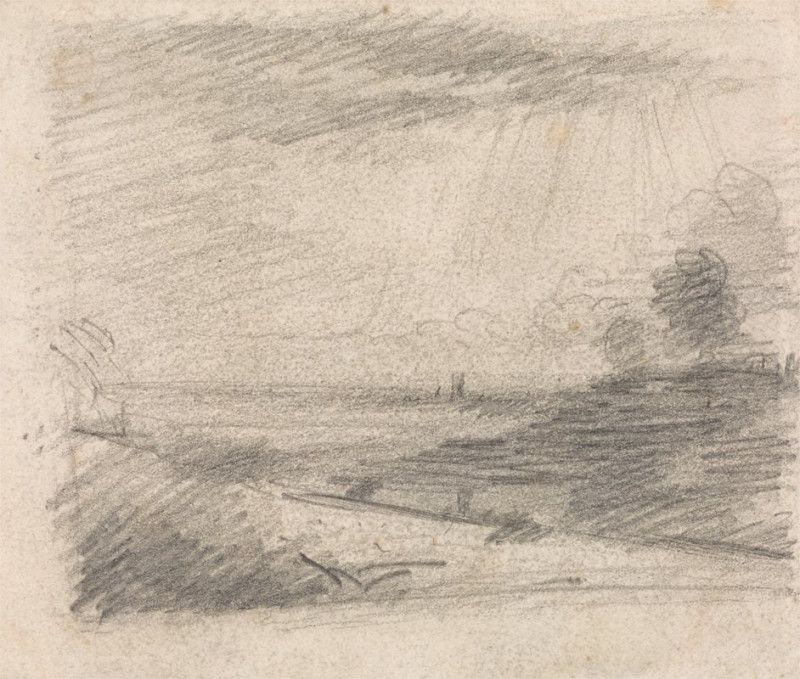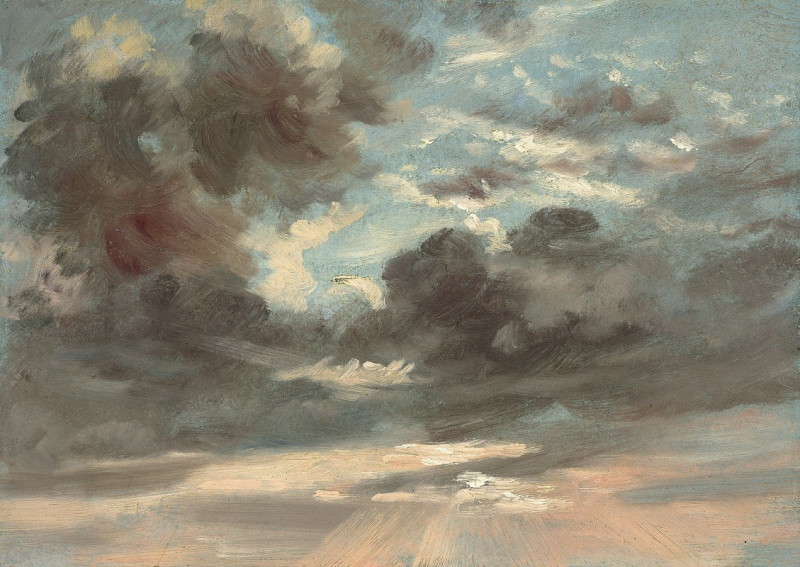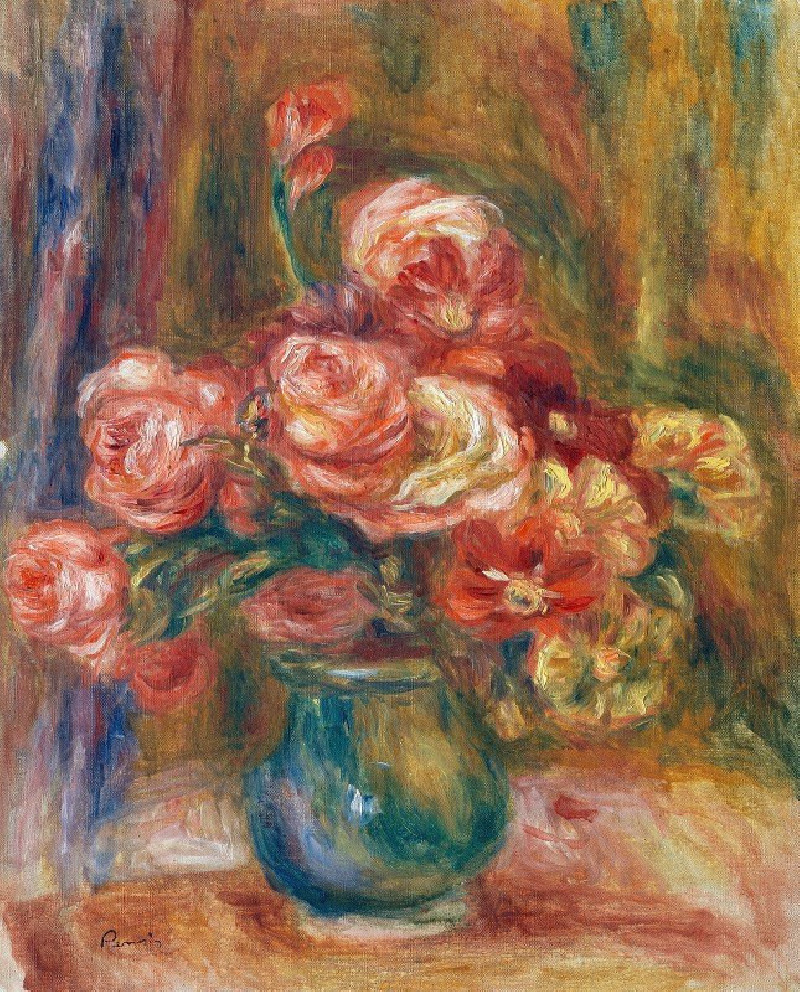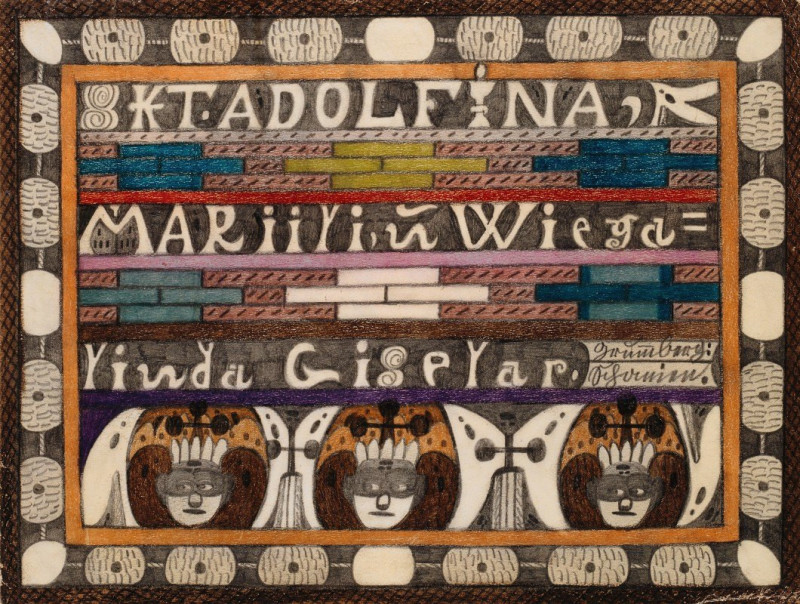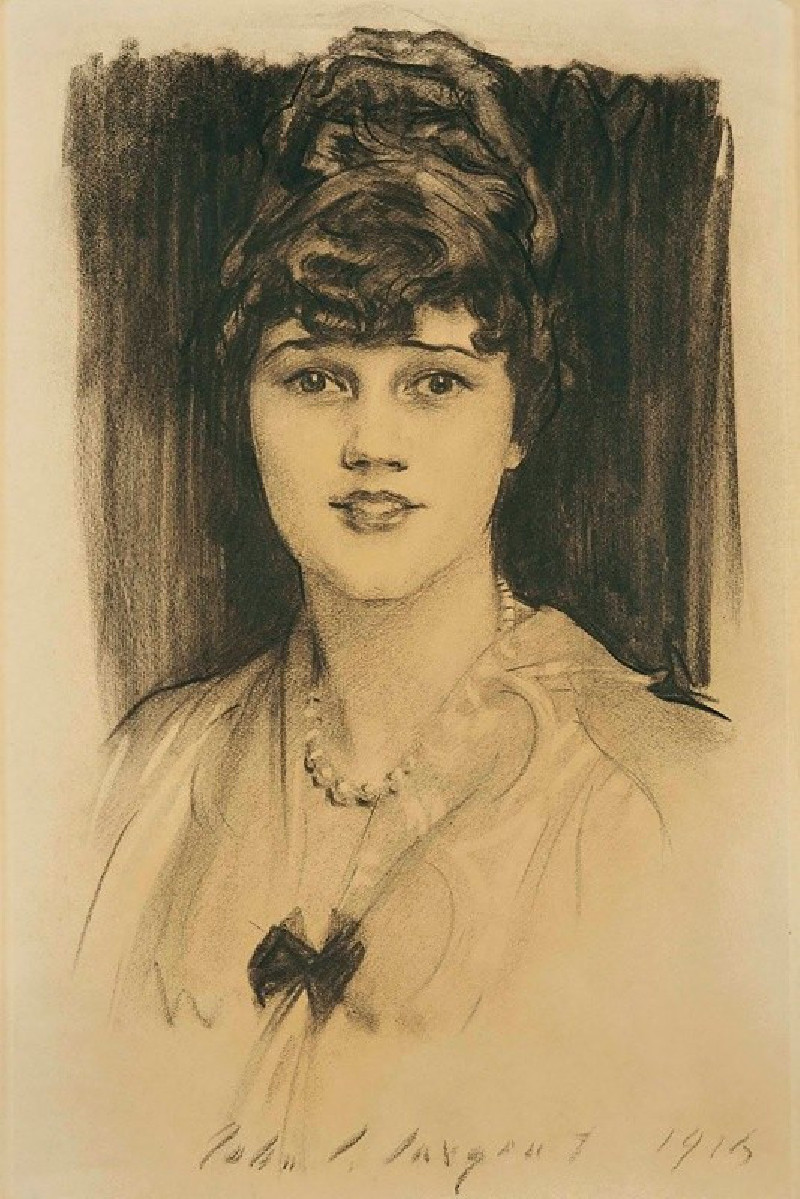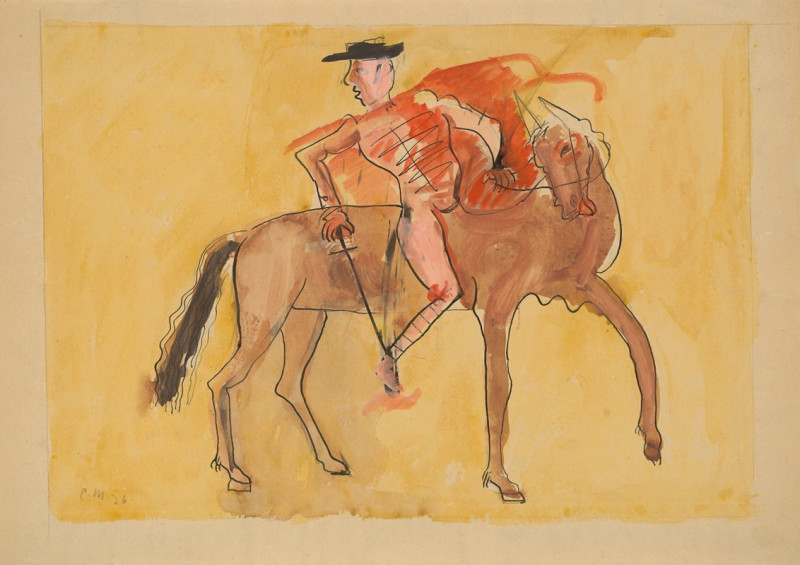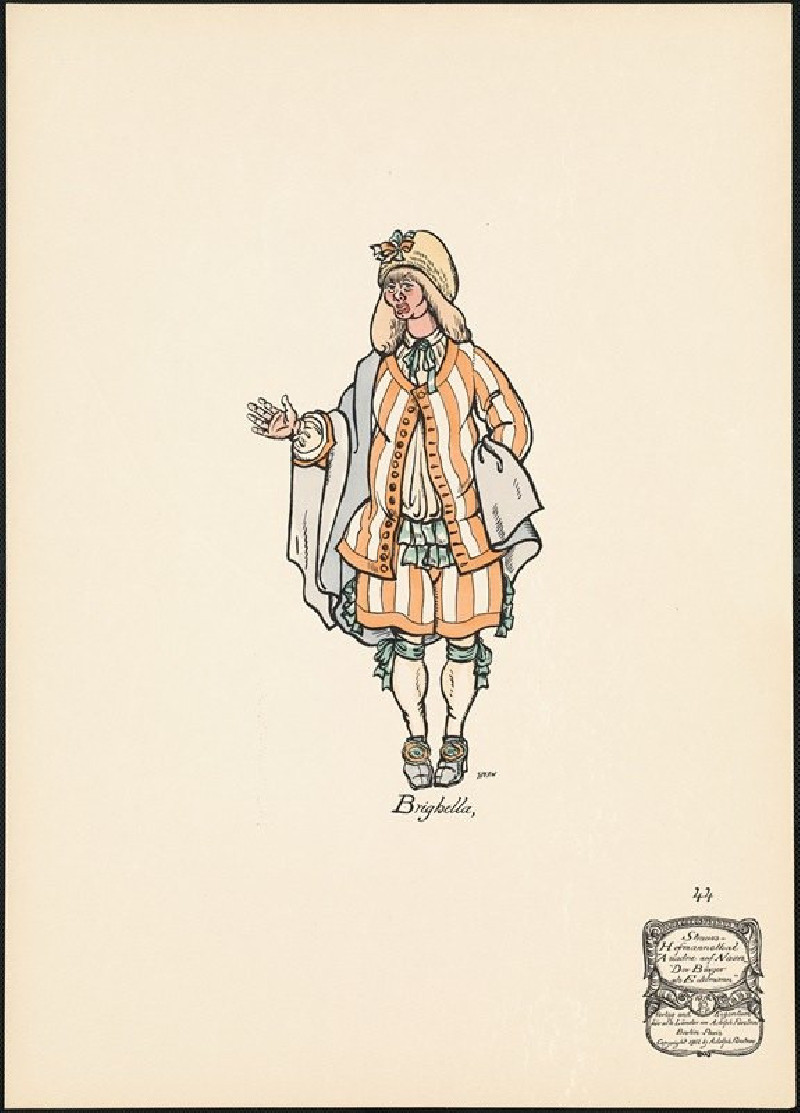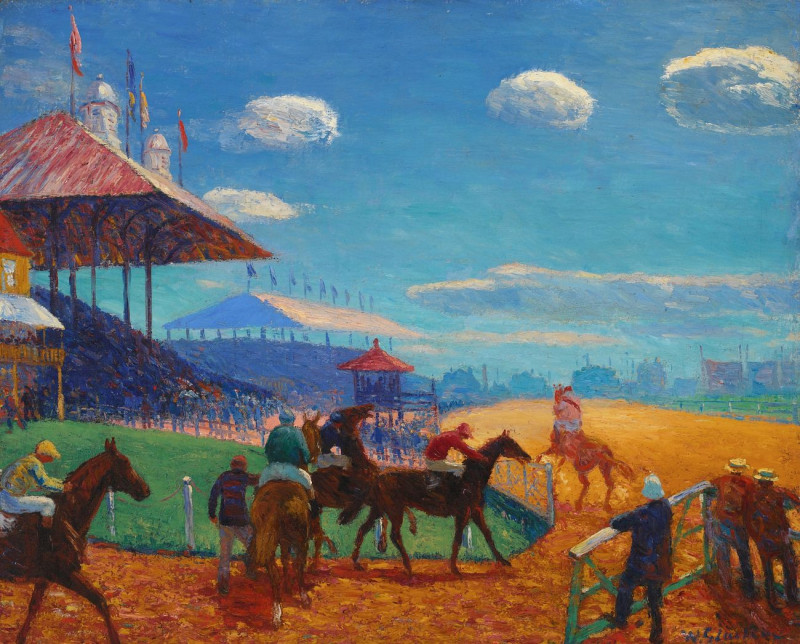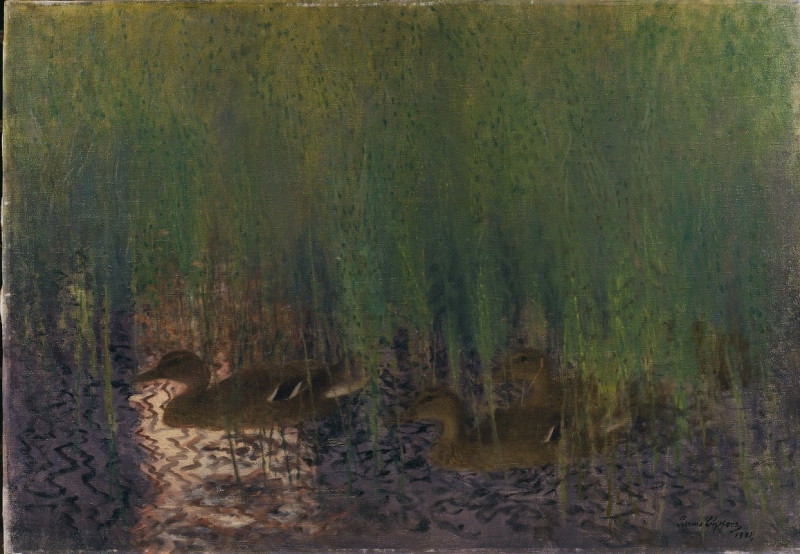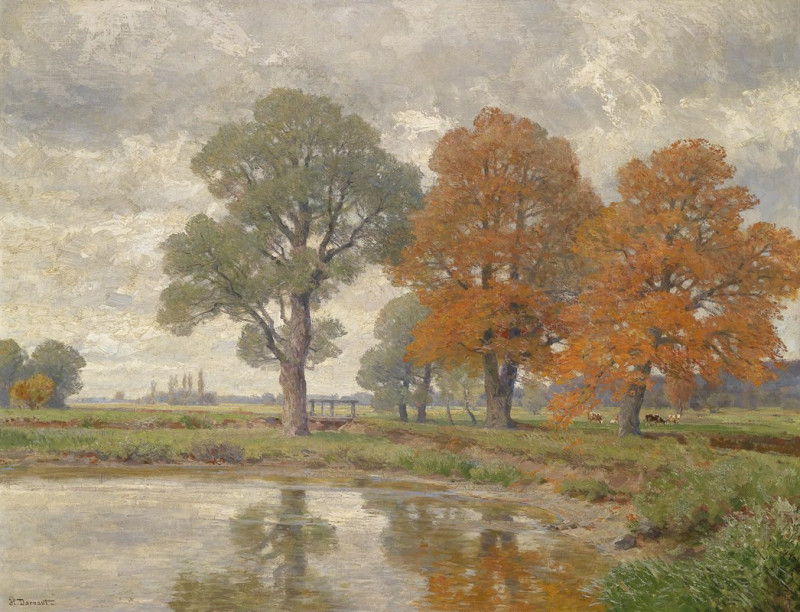The Dell at Helmingham Park
Technique: Giclée quality print
Recommended by our customers
More about this artwork
The painting "The Dell at Helmingham Park" by John Constable is an exquisite example of the artist's renowned landscape works that capture the essence and beauty of the English countryside. Painted in 1830, this oil on canvas depicts a serene yet dynamic scene nestled within the lush grounds of Helmingham Park, Suffolk, which was often a subject of Constable’s works due to its captivating natural beauty.In this painting, Constable details a tranquil dell overarched by towering trees whose twisted and gnarled branches frame the composition, adding a sense of depth and majesty. The foreground is dominated by a babbling brook, reflecting shimmering specks of light, which gently meanders under a rustic wooden bridge. This small bridge, a simple yet pivotal element, draws the viewer’s eye across the water to the soft, illuminated patch of sky in the background, suggesting a harmonious coexistence between man-made structures and the natural world.Constable’s use of impasto, where paint is laid on an area of the surface in very thick layers, is evident in the trees and foliage, giving them a tactile quality that enhances the vibrancy and life-like presence of the scene. The thick brushstrokes and the variations in tone and color not only highlight Constable’s mastery in rendering the textures of the natural world but also evoke the dynamic weather patterns typical of the English landscape, which he famously referred to as "skying"."The Dell at Helmingham Park" is not just a picturesque depiction but also a profound expression of Constable’s emotional and personal responses to nature, capturing an ephemeral moment of natural beauty and tranquility in an ever-changing environment.
Delivery
Returns
John Constable RA was an English landscape painter in the Romantic tradition. Born in Suffolk, he is known principally for revolutionising the genre of landscape painting with his pictures of Dedham Vale, the area surrounding his home – now known as "Constable Country" – which he invested with an intensity of affection. "I should paint my own places best", he wrote to his friend John Fisher in 1821, "painting is but another word for feeling".


